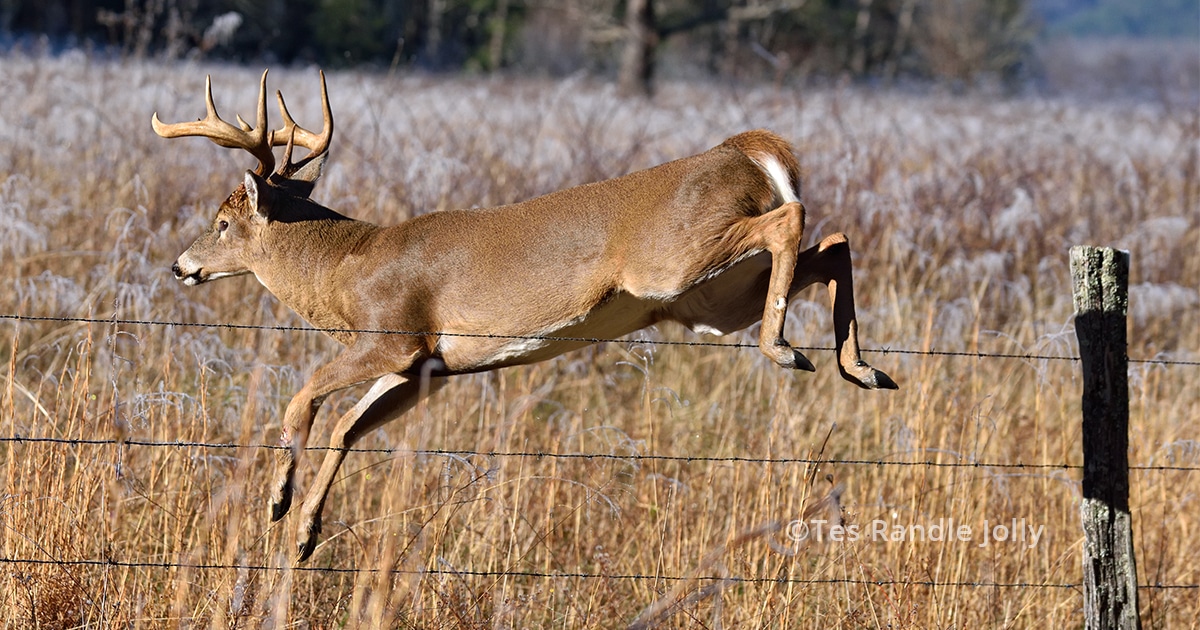BSK
Well-Known Member
Although most on here have educated themselves to the point most of this information is "old news," I still pulled a few tidbits that were helpful and interesting.

 deerassociation.com
deerassociation.com

6 Facts You Need to Know About Buck Home Ranges, and 1 You Don't
We know almost too much about buck home ranges. But when you filter down to these 6 facts, you can assemble a practical strategy that's useful for hunting.
